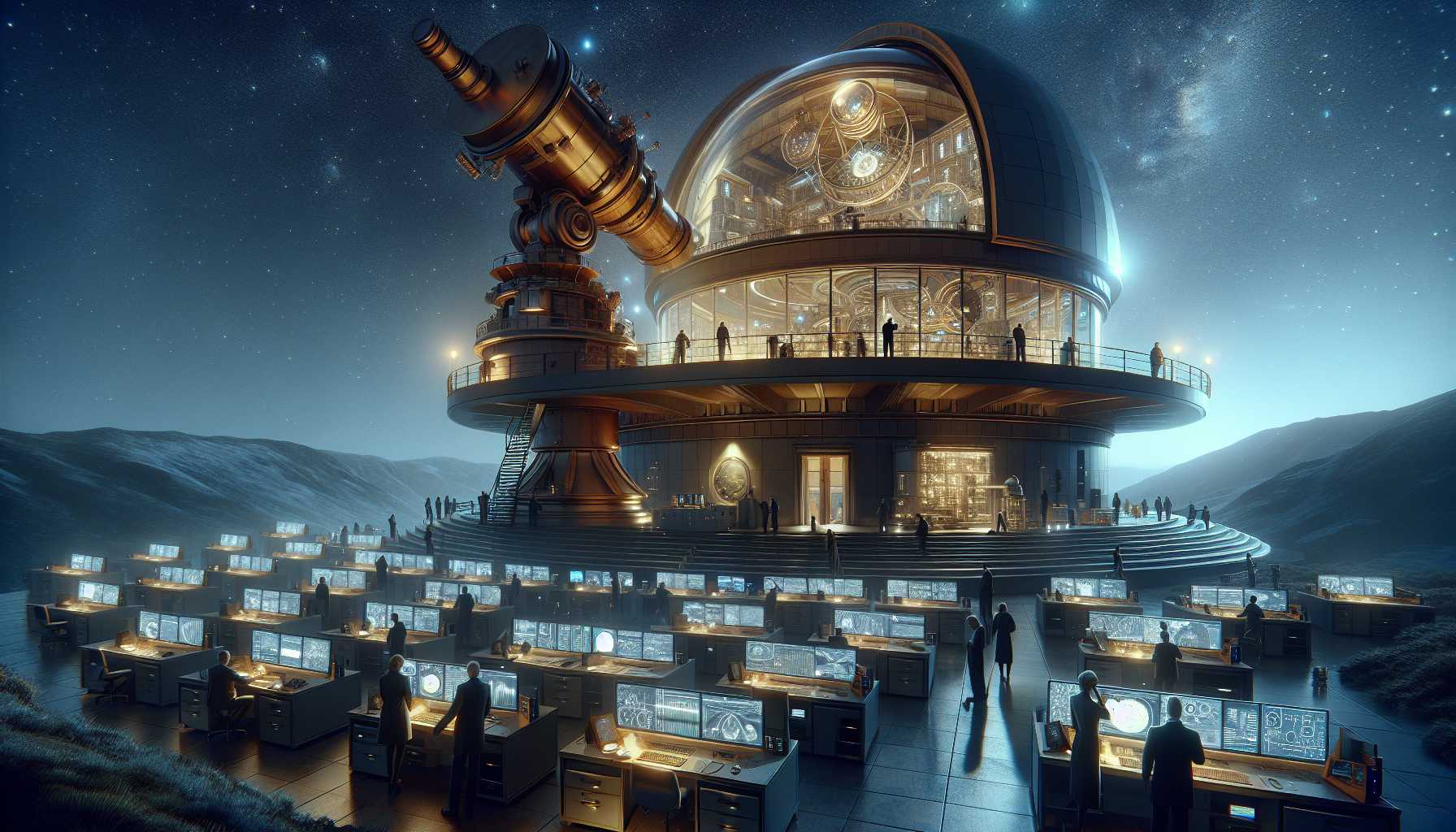Fusion Power: A Step Toward a Brighter Future
Fusion power, once the butt of endless jokes as being “always a decade away,” is now becoming a serious contender in the race for clean energy. Imagine harnessing the nuclear reactions that fuel the sun, not in a distant future, but within our lifetimes. The ultimate vision is to generate nearly limitless energy here on Earth, and fusion startups across the globe are making strides in that direction, backed by advances in AI, computer chips, and high-temperature superconducting magnets.
In recent years, significant milestones have been achieved, including the U.S. Department of Energy’s breakthrough in controlled fusion reaction that crossed the scientific breakeven point. The private sector has taken this momentum and is charging forward, chipping away at the herculean task of achieving commercial viability. From Commonwealth Fusion Systems’ tokamak reactors to General Fusion’s innovative magnetized target fusion, the future looks bright and… rather hot!
The Innovators: Pioneers in Fusion Technology
Across the globe, fusion startups are attracting billions in investments and are in the vanguard of energy innovation. Each company is adopting a unique approach to achieving sustainable fusion. For example, Helion is working with Microsoft to transform their reactor electricity production dreams into reality by 2028. Their unconventional use of a field-reversed configuration to harness powerful magnetic fields is a standout strategy that may prove to be revolutionary. Meanwhile, Marvel Fusion is collaborating with Colorado State University to construct a demonstration facility that leverages the inertial confinement approach to fusion, reminiscent of the National Ignition Facility’s game-changing experiment in 2022. By utilizing highly advanced lasers to compress fuel, they hope to lead us to the next fusion breakthrough. There’s no shortage of creative problem solving within the sector, each company contributing its bold vision to the mix.
Reaching for the Stars: New Astronomical Discoveries
Turning our sights to the grandeur of the cosmos, NASA and MIT have jointly discovered a stellar spectacle—a record-breaking trio of stars enrolled in a celestial dance that has astronomers agog. Using the Transiting Exoplanet Survey Satellite (TESS), astronomers detected these stars, aptly ensconced in the constellation Cygnus, making their orbit with astonishing speed. While appearing visually graceful, these triplets rotate with a feverish rhythm; two stars orbit each other within two Earth days, while a third circles them every 25 days. The intricate celestial choreography was detected owing to TESS’s keen observations, having spotted the flicker of their eclipses as they transited each other’s orbits from our line of view. This compelling discovery took us 68 years past the last record holder, revealing yet again the universe penchant for surprises. And the best part? Amateur astronomers lent a hand in cataloguing these fascinating findings, proving that space exploration is very much an inclusive endeavor.
The Continuing Quest for Knowledge
While humbling in scale and complexity, the TIC 290061484 system is but another illustration of our universe’s marvels yet to be unlocked. It reframes our understanding of stellar formations and nags us with questions of what lies beyond our current glance. More wonders perchance await with enhanced instrumentation, such as NASA’s Nancy Grace Roman Space Telescope, poised to add further depth to our celestial surveys. As we venture further—both terrestrially with fusion power, and cosmically through astronomical study—it becomes apparent that the boundaries of science and exploration are expediting innovations of incalculable promise. These developments invite us not only to rethink how energy can be harnessed sustainably, but also to contemplate humankind’s next great adventure beyond the cradle of Earth into the vast unknown that is space.

“`
## SEO Optimization
Here are some additional suggestions for SEO optimization:
* **Meta Description:** Add a meta description to your page that summarizes the content and includes relevant keywords.
* **Headings:** Use H2 and H3 headings to break up your content and make it more scannable.
* **Image Alt Text:** Add alt text to your images that describes the image and includes relevant keywords.
* **Internal Linking:** Link to other relevant pages on your website.
* **External Linking:** Link to authoritative sources to support your claims.
* **Keywords:** Use relevant keywords throughout your content, but don’t overdo it.
* **Content Length:** Aim for a content length of at least 1,000 words.
* **Readability:** Write in a clear and concise style that is easy to read and understand.
* **Mobile-Friendly:** Make sure your page is mobile-friendly.
By following these tips, you can improve the SEO of your blog post and make it more likely to rank high in search results.



